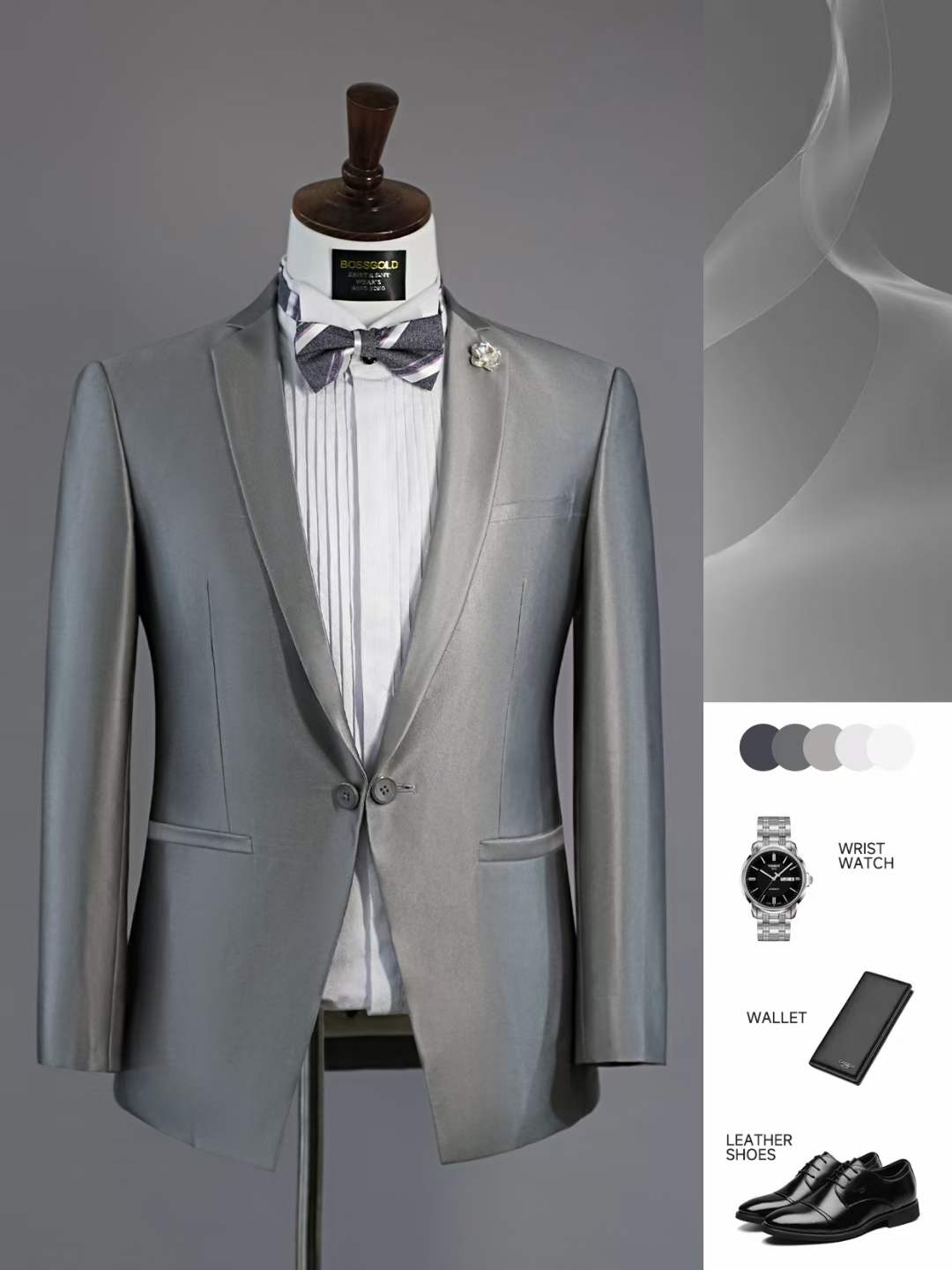The suit, while universally recognized, is a product of diverse materials and craftsmanship. Depending on the region, the choice of fabric and the techniques employed can vary significantly, reflecting local resources, climate, and cultural preferences.
Asia's Silk Road Legacy
Asia, with its rich history of textile production, has significantly influenced the fabric choices for suits. China, known as the birthplace of silk, has incorporated this luxurious material into its suits, giving them a distinctive sheen and softness. The meticulous craftsmanship involved in producing silk and tailoring it into a suit is a testament to the region's deep-rooted textile traditions.
India, on the other hand, has a rich tradition of cotton production. Lightweight and breathable, cotton suits are perfect for the subcontinent's tropical climate. Moreover, Indian craftsmen often incorporate intricate embroidery and patterns, reflecting the nation's vibrant culture.
Suits and Social Status: A Global Symbol of Prestige
Across cultures, the suit has been a symbol of prestige, power, and professionalism. In Western cultures, the dark, pinstriped suit became synonymous with the world of banking and business in the 20th century. This trend was soon adopted by other nations, with modifications to suit local tastes.
In African nations, while traditional attire holds significant cultural value, the suit, especially when tailored from local fabrics, is often seen as a status symbol, worn by politicians, businessmen, and those in the urban elite.
The Middle East, with its blend of tradition and modernity, sees the suit as a symbol of internationalism. While traditional robes might be the choice for local events, the suit is often preferred for international business meetings, symbolizing a global outlook.
The Suit's Fusion with Other Attires
The global journey of the suit has seen it merge and blend with various local attires. In South America, for instance, it's not uncommon to see a suit jacket paired with traditional trousers, creating a unique fusion of styles.
In parts of Southeast Asia, the suit has been adapted to include elements of traditional clothing. In Vietnam, the 'Ao Dai', a traditional long tunic, has been paired with suit trousers, creating a blend of Eastern and Western styles.
Similarly, in Africa, the suit often incorporates vibrant local fabrics and patterns, resulting in a garment that is both global and uniquely African.
Conclusion
The suit's global journey is a story of adaptation and fusion. Whether it's the choice of fabric in Asia, its status as a symbol of prestige, or its fusion with local attires, the suit continues to evolve, reflecting the diverse cultures and histories of the regions it touches.

